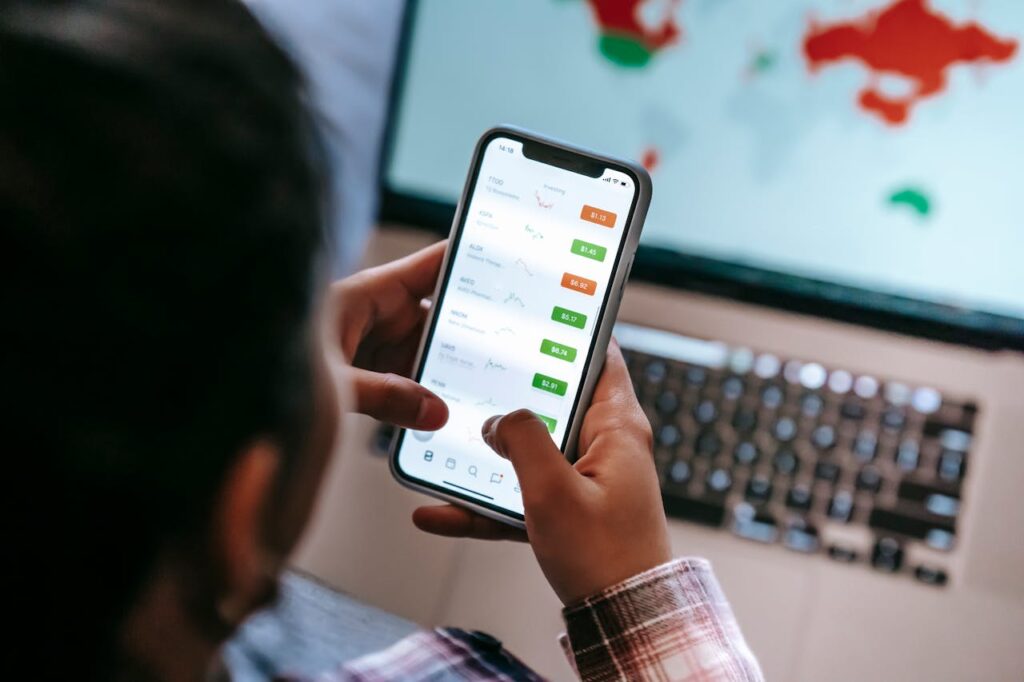Investing has traditionally been seen as something for the wealthy, or at least those with a decent chunk of spare change. But in recent years, micro-investing platforms have turned that idea on its head. These platforms allow anyone, regardless of their income level, to dip their toes into the investing pool with just a few dollars. Let’s explore how these platforms work and the big impact they can have on your financial future. Micro-investing platforms are revolutionizing the investment landscape, making it easier for individuals to start investing with small amounts of money, similar to this website which is an investment education firm connecting traders with educational experts.
The Concept of Micro-Investing
Micro-investing is the process of investing small money regularly. Think of it as the spare change approach to investing. Instead of needing hundreds or thousands of dollars to start, you can begin with as little as a few cents or dollars. This is made possible by micro-investing platforms that let you invest these small amounts into a diversified portfolio of stocks, bonds, or other assets.
One of the biggest names in this space is Acorns. Acorns rounds up your regular purchases to the closest dollar and invests the spare change. For example, if you buy a coffee for $3.75, Acorns will round up to $4 and invest the 25 cents difference. Over time, these small amounts add up, and your investments can grow significantly.
How Micro-Investing Platforms Work
Micro-investing platforms are designed to make investing accessible and straightforward. Here’s a simple breakdown of how they operate:
Sign-Up and Set-Up: You start by signing up on a micro-investing platform, linking your bank account, and setting your investment preferences. Most platforms offer various portfolios based on your risk tolerance and financial goals.
Automated Investing: Once set up, the platform automates the investing process. This could be through round-ups on your purchases, as mentioned with Acorns, or by allowing you to set a small amount to be invested regularly, such as $5 or $10 per week.
Diversified Portfolios: These platforms typically invest your money in diversified portfolios. This means your small investments are spread across many different assets, reducing risk and helping you achieve steady growth.
Low Fees: Micro-investing platforms generally charge low fees, making them cost-effective for small investors. For instance, some platforms charge a flat monthly fee, while others take a small percentage of your invested funds.
Benefits of Micro-Investing
Accessibility: The most significant advantage of micro-investing is that it makes investing accessible to everyone. Whether you’re a college student, a part-time worker, or someone with limited disposable income, you can start investing with minimal amounts of money.
Ease of Use: Such platforms are crafted to be user-friendly. They often come with mobile apps that let you track your investments, view your portfolio, and make changes with a few taps.
Building Good Habits: Micro-investing encourages good financial habits. By investing small amounts regularly, you learn the discipline of saving and investing. Over time, this can lead to more significant financial habits and a better understanding of the markets.
Compounding Growth: Even small investments can grow substantially over time thanks to the power of compounding. The returns you earn on your investments get reinvested, generating even more returns. This snowball effect can turn tiny investments into a substantial sum over the years.
Challenges and Considerations
Slow Growth: Because you’re starting with small amounts, it might take a while to see significant growth. Patience is key. The idea is to build wealth gradually.
Fees vs. Investment Size: While fees are generally low, they can be relatively high compared to the amount you’re investing. For example, a $1 monthly fee might not seem much, but if you’re only investing $10 a month, that’s a 10% fee. It is important to weigh the prices against the benefits.
Limited Control: Micro-investing platforms often automate much of the process, which means you have limited control over where your money goes. If you prefer a hands-on approach, you might find this frustrating.
Market Risk: Like all investments, micro-investing carries market risk. The value of your investments can go up and down, and there’s no guarantee of returns. It’s crucial to understand the risks and invest only what you can afford to lose.
The Future of Micro-Investing
Micro-investing is likely to grow as more people seek accessible ways to invest their money. As these platforms evolve, they might offer more investment options, better user experiences, and even lower fees. The increasing use of technology and data analytics will likely enhance the personalization and performance of these platforms.
For those new to investing, micro-investing is a great way to start. It demystifies the process, removes the intimidation factor, and allows you to build a portfolio without needing a large sum of money upfront. Over time, these small steps can lead to significant financial growth, proving that even modest investments can have a big impact.
Conclusion
Micro-investing platforms offer a gateway into the investment world for those who may not have the means to make large investments. By making the process simple and accessible, they enable anyone to start building wealth, one small step at a time. Always remember to do your research and consult with financial experts to make informed decisions about your investments.


